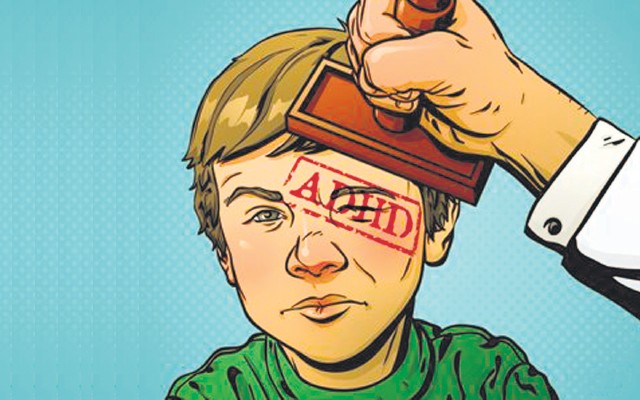When I told my white friend about how my grandmother’s TV remote control is mummified in plastic wrap and that she’s superstitious about food passing through certain doors in the house, he asked, “Does she have Obsessive Compulsive Disorder?”
I laughed, “Haha! No way! She’s just Chinese!”
I’m a third generation Chinese American. In my 20s, I was tested for Attention Deficit Disorder. Some of the criteria indicating that I was a candidate for ADD made me immediately suspicious of how any mental illness is gauged and how culturally competent the test makers are.
Does crying for weeks on end that I didn’t get into UC Berkeley make me prone to depression or was I just a high school drama queen? Does being a disorganized overachiever constitute Attention Deficit Disorder or was I just somebody with a lot of goals? Does screaming at my guests to take their shoes off in my house mean I have OCD or that I’m just Chinese?
I believed for many years, and even now, that the misery of my life was not a diagnosable medical disorder, but was just about being a Chinese American navigating life in the Western World whilst being held to unrealistically high expectations (bilingual concert pianist brain surgeon anyone?).
I was never raised to be happy as much as I was raised to be successful. And that success usually came in specific quantifiable terms like having a well-paying job, a medical degree from a reputable school, or marrying a Chinese bilingual doctor husband. It was inferred that once I had all those successes, I’d be secure in life, and that security was going to make me happy.
I won’t lie. Getting good grades, winning trophies, and stacking a long list of accomplishments on my college application made me feel good because it meant I had avoided my parents’ idea of a failure. But most of the time, the road to the seemingly unattainable, chasing a dream that wasn't really mine, felt so totally miserable and pointless.
I also believed life was supposed to be miserable -- because hard work is miserable. Had my parents and immigrant grandparents not worked through their misery, I wouldn’t have the opportunities that I do today. Passing that legacy of misery onto your kids -- that guilt we carry is what makes us work harder. Bucking up and moving forward through that misery without complaining -- this is the Chinese way. Isn’t it?
Read the full article at XOJane
http://www.xojane.com/issues/i-thought-being-miserable-was-just-part-of-being-chinese-american







 Zack Hix, 18, is the creator of the Good Boy Roy cartoon characters. Zack was diagnosed with a range of mental disorders, and his family believes his drawings provide an important outlet.
Zack Hix, 18, is the creator of the Good Boy Roy cartoon characters. Zack was diagnosed with a range of mental disorders, and his family believes his drawings provide an important outlet.